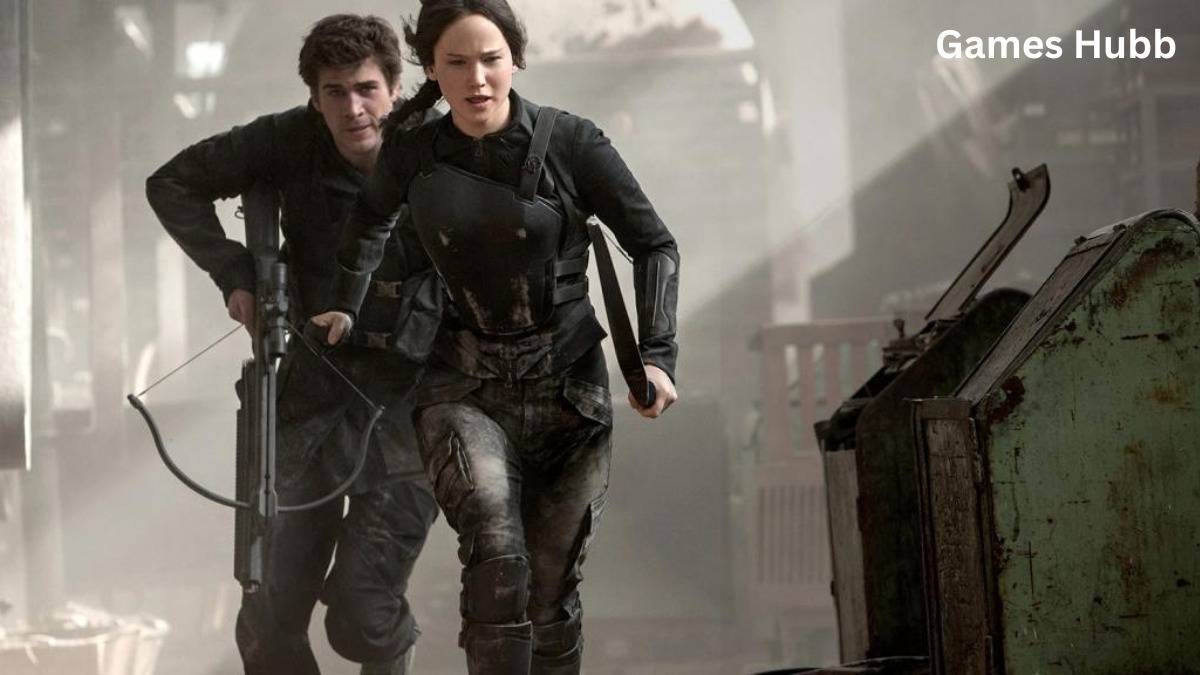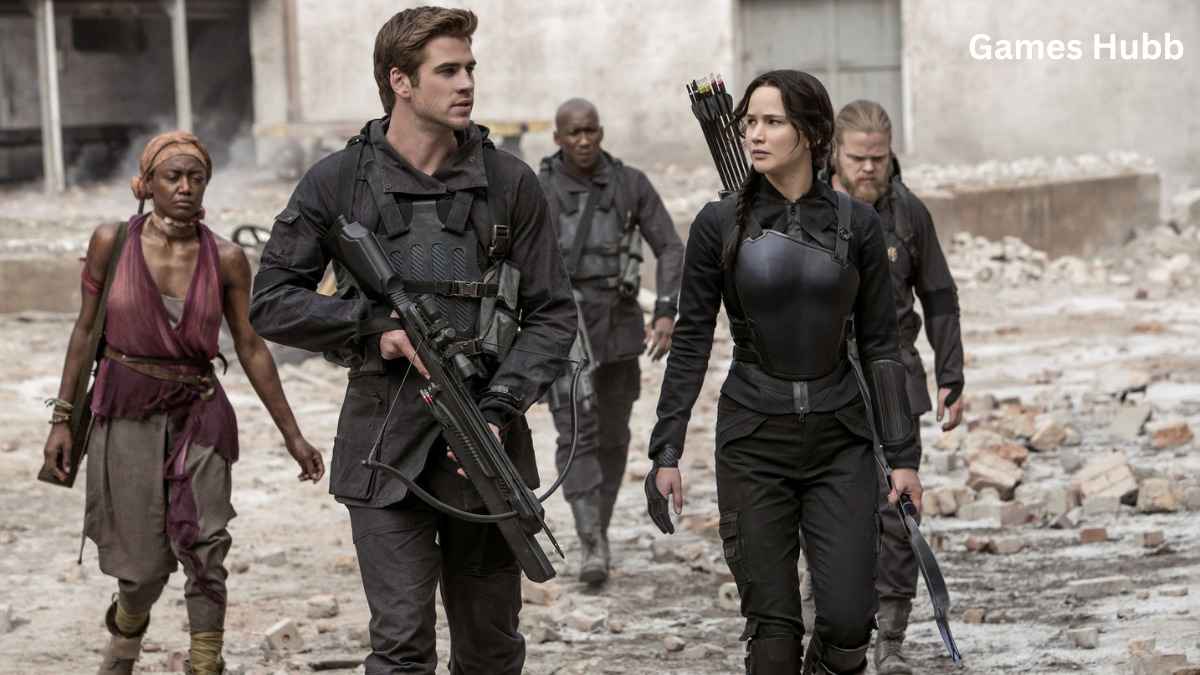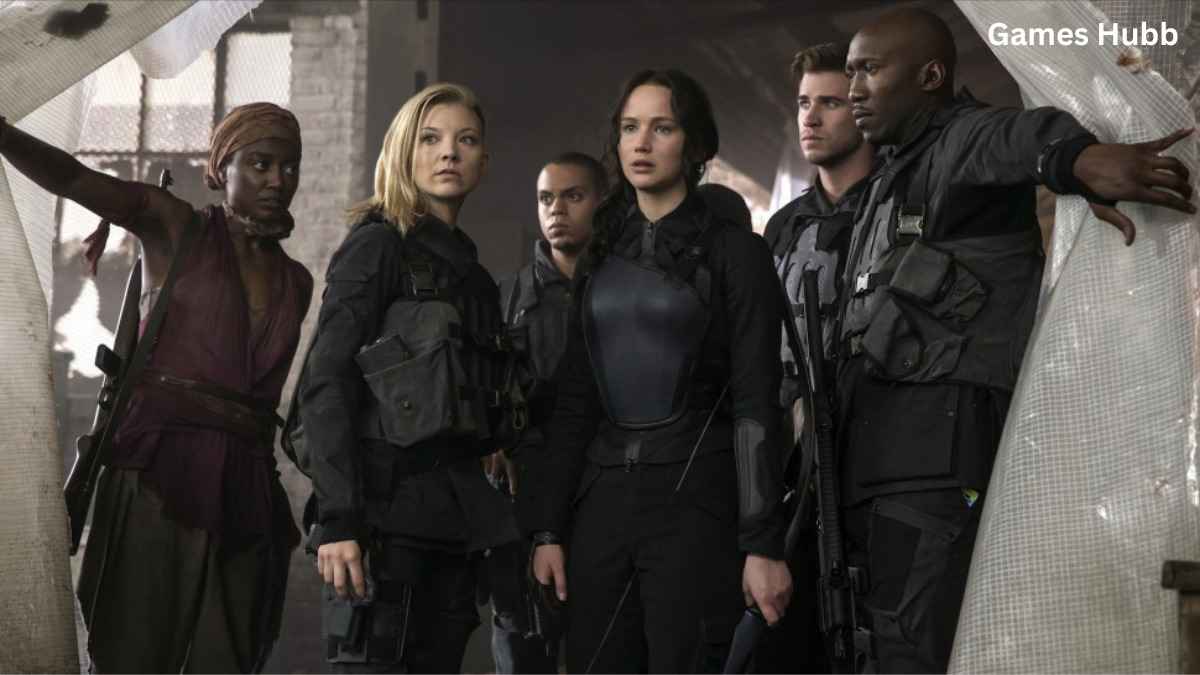Most Critical Hunger Games

Imagine, if you will, a Panem covered with a constant drizzle rather than a searing inferno. An arena for The Hunger Games clogged with clinging fog instead of being blazing with sunshine. This is the disquieting interpretation of Suzanne Collins’s dystopian epic “Most Critical Hunger Games,” a satirical webcomic that reinterprets it via the prism of absurdist humor and environmental dread.
The comic, which was drawn by the mysterious “Moist, Inc.”, subverts the well-known Hunger Games story by relentlessly embracing the wet and dismal. The sleek tributes in their fireproof suits have vanished, and in their place are shivering competitors wearing galoshes and raincoats. Once a monument to extravagance, the sumptuous Capitol is reduced to a moldy, moss-covered ugliness. Even the recognizable mockingjay loses its flamboyant feathers and adopts a disheveled, dew-soaked plumage instead.
American author Suzanne Collins is the author of the dystopian young adult trilogy The Hunger Games. The Hunger Games (2008), Catching Fire (2009), and Mockingjay (2010) are the three books that make up the series, together with The Ballad of Songbirds and Snakes (2020), a prequel book.
The show takes place in the nation of Panem, where twelve impoverished districts are ruled by a luxurious Capitol city. Every year, each district is forced to send two tributes, a boy and a girl, to compete in the violent struggle to the death, known as The Hunger Games, which is broadcast on television as retaliation for a previous uprising.
However, “Most Critical Hunger Games” really excels in its scathing critique. To highlight the ridiculousness of our own world, it exaggerates the dismal aspects of Panem. Rain-collecting spas and mud-wrestling events are examples of the decadence of the Capitol, a grotesquely funny caricature of our fixation with spectacle and luxury. While this is going on, the tributes represent the difficulties of the underprivileged, fighting not only one another but also the constant wet, which serves as a metaphor for the worries we have about society and the environment.

The comedic embraces the unpleasant and disgusting with a joyous abandon, feeding off dark humor. In one iconic scene, a visitor unintentionally launches a deadly mud pie into the face of a Capitol resident, splattering them in a symphony of brown mush, after tripping over a patch of slick moss. Another shows a Hunger Games announcer who is compelled to cover their beautifully tailored attire with a rain coat, their voice trailing off as they try to seem authoritative through the layers of wet fabric.
However, a moving statement on climate change and environmental destruction can be found beneath the layers of farce. The unceasing rain is a metaphor for the impending climate catastrophe rather than merely a joke. The contributions represent the struggles that populations facing extreme weather and increasing sea levels endure as they make their way through a hazardous terrain of muddy trenches and slick slopes.
There’s more to “Most Critical Hunger Games” than just a satirical take on a well-known franchise. Through the lens of morbid humor, it forces us to confront our fears and vulnerabilities in a darkly humorous indictment of our modern world. It serves as a reminder that, despite how awkward it may be, laughing at our worries can occasionally be the most productive approach to face them head-on.

The following are some of the main factors that make “Most Critical Hunger Games” successful:
Absurdist Humor: The cartoon welcomes the ridiculous, stretching the bounds of gloomy humor and discovering comedy in the most unlikely places. Sharp social analysis is made possible by the constant silliness, which also keeps the reader interested.
Environmental Allegory: The unceasing rain represents the effects of climate change on society. This gives the satire more substance and elevates it above being merely a humorous interpretation of The Hunger Games.
Subversion of Expectations: Known components from The Hunger Games are subverted in surprising ways in this comic. This heightens the overall enjoyment and keeps the reader guessing.

Characters That Are Relatable:
The tributes are relatable despite their over-the-top personas because they go through struggles that are similar to our own. This fosters a deeper level of reader connection with the narrative.
One should not read “Moist Critical Hunger Games” to everyone. Some readers may find its absurdist style and black humor off-putting. But this comic is a treasure for satirists who love dystopian novels seen via a twisted prism. It presents a fresh viewpoint on the world, provoking us to consider the pressing problems endangering our future while simultaneously making us chuckle at our own foolishness. So grab your raincoat and enter the soggy, hilarious world of “Moist Critical Hunger Games” if you’re searching for a darkly amusing and thought-provoking read.
Here are some more specifics on The Hunger Games television series:
- In the post-apocalyptic world of The Hunger Games, Panem is what’s left of North America.
- For example, the districts are individually in charge of producing coal, lumber, or power for the Capitol.
- The districts are far less developed and significantly poorer than the Capitol, which is a technologically advanced city.
- The Hunger Games are a well-liked source of entertainment for the people of Capitol, where they are televised live throughout Panem.
- The show’s social criticism has won accolades, and some critics have drawn comparisons between it and reality TV.
CONCLUSION:
Katniss has to make tough decisions in order to survive the violent and fatal Hunger Games competition. In addition to killing other tributes, she has to deal with the psychological and emotional fallout from the Games.
The show looks at issues of oppression, revolt, brutality, and survival. Its compelling story, powerful female lead, and provocative topics have all won accolades.
Four of the successful cinematic adaptations of The Hunger Games were released between 2012 and 2015. Both the movies’ box office performance and reviews have been largely favorable.
